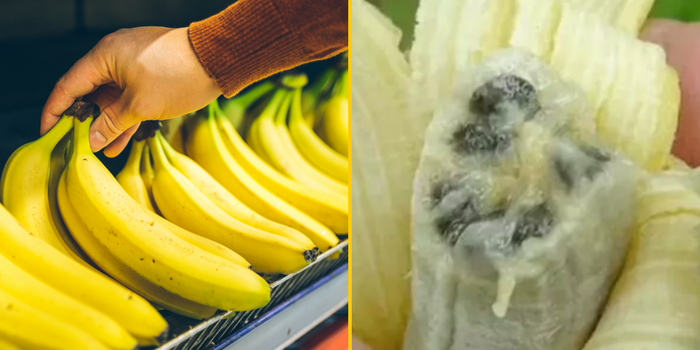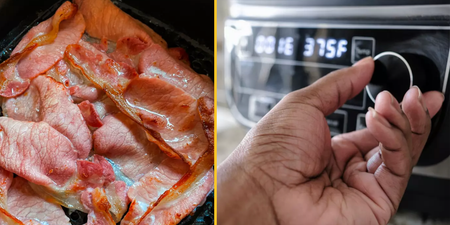The UK goes through five billion bananas a year
A popular banana is reportedly on the brink of extinction as a fungal disease threatens plantations across the world.
Cavendish crops in Asia, Africa, the Middle East, Australia and Central America have already been infected by the Panama disease, a soil-born fungus that causes the plants to wilt by targeting their vascular system and reducing the amount of water they take in from the soil.
More than 100 billon bananas are consumed annually (the UK goes through 5 billion alone) and some 47 per cent are reportedly Cavendish.
Experts recently identified early signs of the “catastrophic” fungus in South America, where most exported Cavendish bananas are grown for our supermarkets. Tesco sources most of its bananas from Costa Rica, Ecuador and Columbia. Sainsbury’s come from Cameroon, Colombia, Dominican Republic, Ghana and Panama.
Cavendish bananas replaced another type of fruit that was eradicated by the disease. Gros Michel, also called Big Mike, was the main type of banana until the 1950s. Cavendish bananas were introduced in 1947 when banana plantations began to die off.
Cavendish was immune to the strand, but in 1977 scientists found a new strain called TR4 in Australia that could infect Cavendish, and the fungus travelled throughout the continent by 2015.
James Dale, a professor and leader of the banana biotechnology program at the Queensland University of Technology, told Insider that since then it has spread to India and China, the world’s largest producers of bananas, the Middle East and Africa, and “very recently was found in South America.”
Panama TR4 is easily spread by people, vehicles, machinery and animals through the movement of infected banana plants, planting material, and contaminated soil and water. The infection is apparent when leaves turn yellow. The plant then wilts and turns brown and the stem rots on the inside, appearing as discolouration when cut open.
Scientists are working on a TR4-resistant Cavendish or a resistant replacement for Cavendish, which is done by developing a genetically modified version. DNA can be removed and altered.
A team of researchers at Queensland University of Technology (QUT) is also developing a genetically modified variety of Cavendish bananas called QCAV-4. They have been grown in field trials in the Northern Territory for over six years and have proven highly resistant to Panama Disease TR4.
The fruit is a Cavendish Grand Nain banana that has been bioengineered with a single gene, RGA2, from the wild southeast Asian banana.
“I would say with certainty that there will be a solution before the export market for Cavendish is severely affected,” Dale told Insider.
Heinz says you’ve been making beans on toast wrong your entire life
Little boy heartbroken after kids snub his birthday party after mum makes vegan cake
Harrods sandwich that costs £26 leaves customers gobsmacked





















































